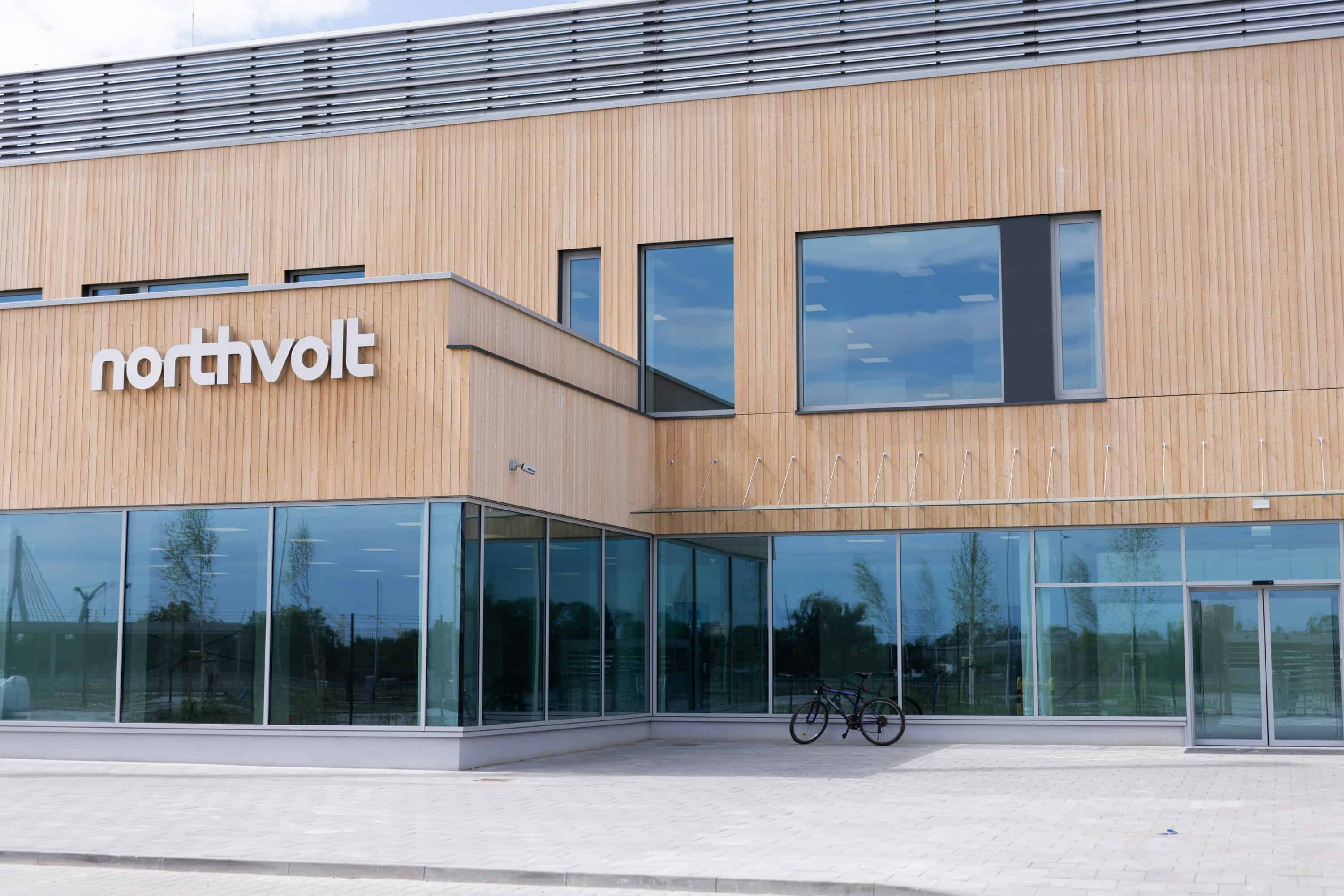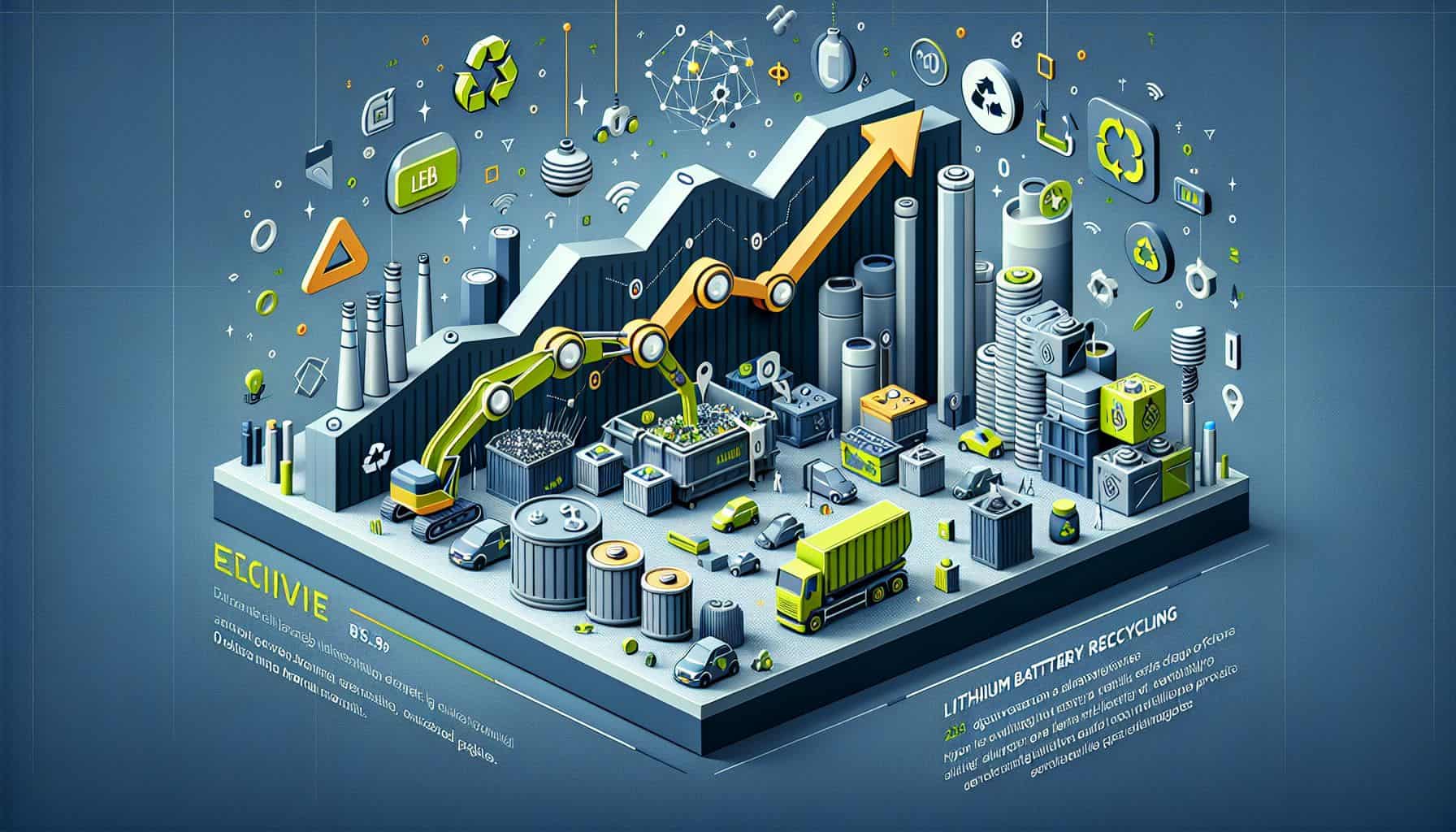
For some time now, oil and gold have no longer been at the top of the global commodity market. Thanks to mobile phones, notebooks, tablets and electric cars, lithium, which is used in large quantities for lithium-ion batteries, has become one of the most sought-after raw materials. According to estimates by the German Raw Materials Agency, demand will continue to rise and even double by the year 2025. Lithium is largely mined in South America. Chile is one of the main suppliers.
Around 90 per cent of lithium-ion cells are currently produced in Asia, but production in Europe will also be boosted in the future. As part of the European Si-DRIVE research project, the Karlsruher Institute for Technology (KIT) and the Helmholtz-Institut Ulm (HIU) are researching a new cell with their partners. The cell will consist of a nanostructured silicon anode, a novel solid electrolyte based on ionic liquids and a completely cobalt-free but lithium-rich cathode.
The researchers want to enable a comprehensive recycling program and sustainable battery production through such a cell concept based on ecologically and economically uncritical materials. For example, cobalt is regarded as a so-called “critical raw material” because resources are not only very limited but also geopolitically difficult to access, which means that the supply is not always guaranteed in sufficient quantities. In addition, it is mainly mined in the Democratic Republic of Congo, partly through child labour and under inhumane conditions.
Without cobalt
“What is special about this project is that we, as a group, cover all steps of the battery value chain, from material development to prototype cell production and recycling,” explains Professor Stefano Passerini, Director of the HIU. His research group is developing the novel, cobalt-free cathode material with non-critical elements such as iron or aluminum. “At the same time, we want to significantly increase the lithium content in the layer oxide cathode compared to conventional materials in order to achieve a significant increase in energy density,” says Passerini.
The researchers’ ultimate goal is a recycling rate of over 50 percent. To achieve this, the anode and electrolyte concepts also follow the sustainability concept. “The nanostructures of the anode are designed in such a way that a long cycle stability can be made possible by an ideal geometry with high mass loads,” says the KIT. “The structure of the anode is optimized by modelling in such a way that volume expansion and mechanical deformation are buffered in the best possible way and at the same time a maximum energy density can be maintained. The newly developed solid electrolyte is based on ionic liquids, which ensure greater stability at high voltages, maximum safety and low flammability.”
From production to recycling
In addition, five partners involved in the project will also work on the concept of a circular economy in order to find further areas of application. Possible applications here would be, for example, “low-age” batteries of electric cars, which can be combined and used as stationary storage units.
The plan for the production of batteries in Europe should be ready by 2030. The European Union (EU) is funding the project with eight million euros over a period of four years.
A total of 17 institutions from science and industry from eight countries are participating in the European framework programme for research and innovation Horizon 2020. With the research groups of Professor Arnulf Latz from the German Aerospace Center (DLR) and Dr. Margret Wohlfahrt-Mehrens from the Center for Solar Energy and Hydrogen Research Baden-Württemberg (ZSW), two further HIU partners are involved.
Main picture: © Pixabay








